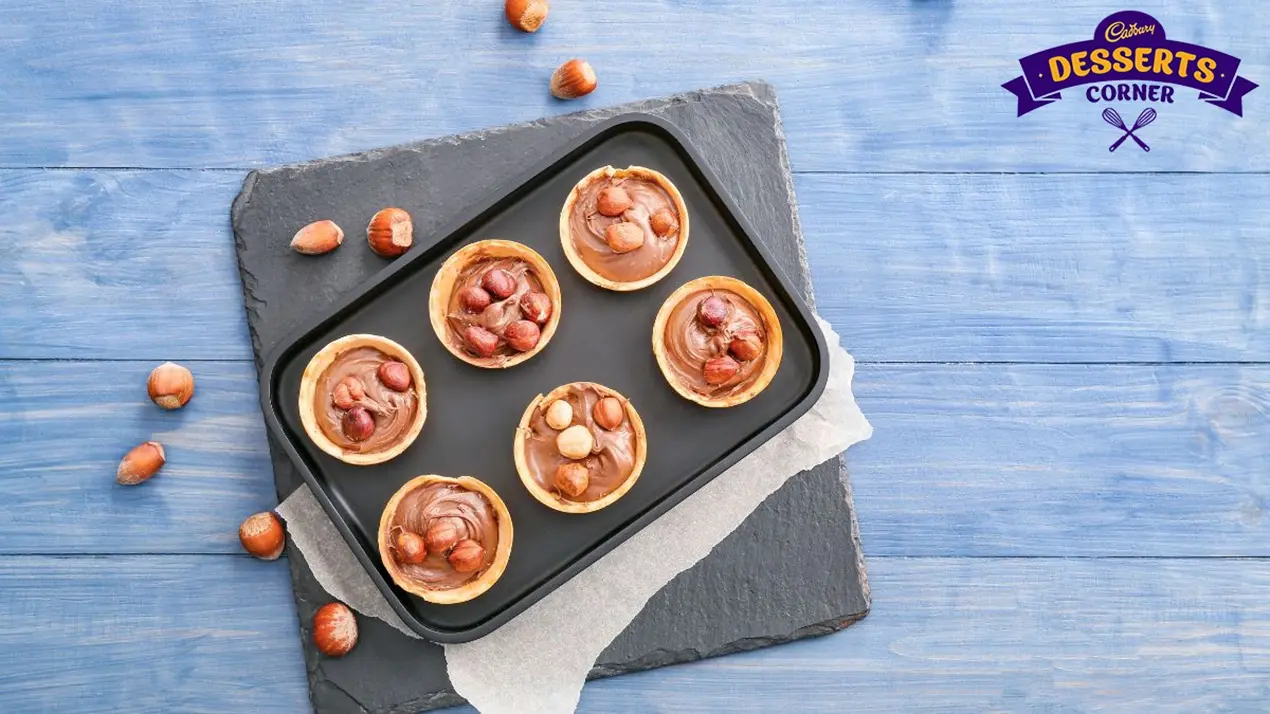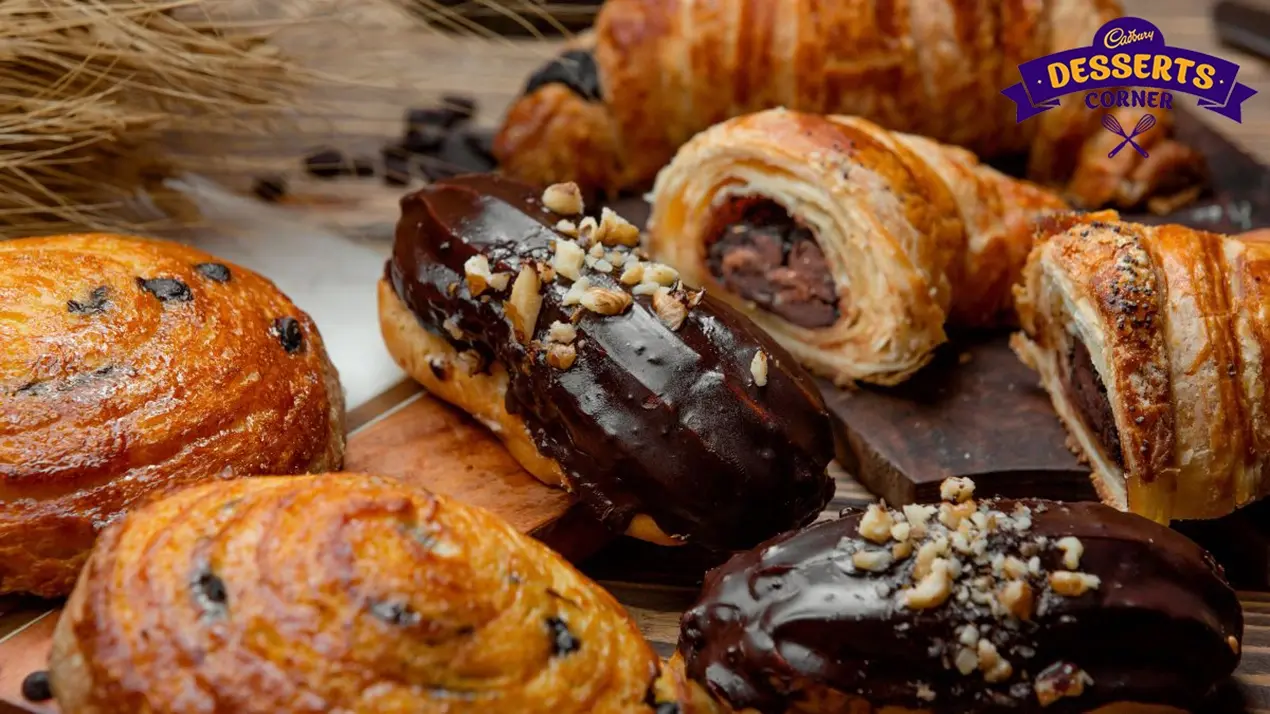- Home
- Articles
- Mastering the dough for cookies and biscuits is a culinary fundamental for every great baker
On second thought, you don’t need to be a master baker to learn how to make that perfect cookie dough.

Are you a cookies and biscuits kinda guy? Whether it’s the crunch and buttery goodness of a shortbread or the delectable delight of a freshly baked chocolate laden cookie, these treats are more than just snacks—they are art. With this guide, we will delve into the secrets behind mastering dough for cookies and biscuits. From understanding the types to honing techniques, we’ve got your covered.
The different types of biscuits

Let us begin by demystifying the term "biscuit." While in America, it is often used interchangeably with "cookies", there exists a world of diversity:
- Shortbread:These Scottish delicacies boast a texture and an incredibly buttery flavor that simply melts in your mouth.
- Drop cookies: Think chocolate chip cookies—gooey morsels that can be easily scooped onto a baking sheet.
- Refrigerator cookies: Dough rolled into logs, chilled then sliced and baked to achieve a crisp finish.
- Rolled cookies: Great for holidays and special occasions, you shape this dough by rolling it and cutting it into fun shapes.
- Pressed cookies: Delicate and intricate, these cookies are made using a cookie press to create designs.
- Bar cookies: Similar to brownies or blondies these cookies are baked in a tray. Then cut into satisfying squares.
Important ingredients in biscuit dough

The real magic happens when simple ingredients come together perfectly:
- Flour: The foundation of any biscuit providing structure. While all purpose flour is commonly used, experimenting with wheat or almond flour can add some excitement.
- Fat: Butter for richness and flavor. Margarine or shortening can also be used as alternatives each giving a texture.
- Sugar: It's not about sweetness, the choice between granulated sugar, brown sugar or honey can greatly influence the texture.
- Leavening agents: Baking powder or baking soda is crucial for that rise. Plays a role in determining the texture.
- Liquids: Milk, water or eggs bind the dough together. Impact the density of your product.
Mastering techniques for biscuit dough
- Creaming butter and sugar: This step is essential for achieving fluffy biscuits. Using room temperature butter makes it easier to whip while capturing air in the dough.
- When sifting through the ingredients, you ensure that they are evenly mixed, preventing any lumps and refining the texture.
- Chilling the dough: It's important to chill the dough, for rolled and pressed cookies as it makes them easier to handle and helps maintain their shape during baking.
- Rolling to the right thickness: Rolling the dough to the thickness is crucial for cookies to cook evenly. If they're too thin they'll burn; if they're too thick they won't cook through.
- Baking temperature and time: Pay attention to the baking temperature and time as each type of biscuit has its needs. Keep an eye on your oven. Make adjustments as necessary.
Here are some tips for baking the perfect biscuits:

- Accuracy in measuring ingredients is crucial since baking involves both science and art.
- Using room temperature ingredients ensures smoother blending.
- Get familiar with your oven’s characteristics. Adjust your baking approach accordingly.
- Avoid overmixing to prevent ending up with biscuits. Mix until just combined.
- Allowing the biscuits to cool is essential. Let them rest on the baking sheet briefly before transferring them onto a wire rack for setting.
Baking cookies and biscuits can prove to be quite an adventure. Remember, recipes are just a guide. Ultimately, it’s all about how much you want to be involved in the process and experiment.
Before you start baking, it's important to have an understanding of the types of recipes, ingredients and techniques. However, keep in mind that each baking session is a chance for growth and enhancement. So, get your ovens preheated, gather all your ingredients and start baking. You never know what treats you'll be able to create, so enjoy the process!
Like This Article?
More Like This




Popular Articles





Trending Web Stories
Curated Recipes


















